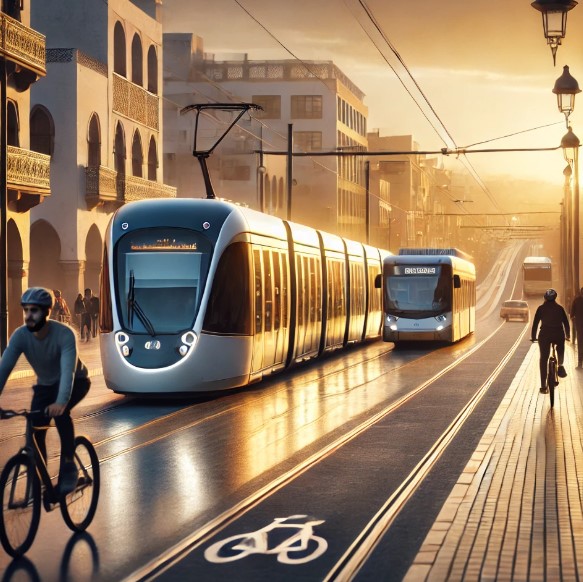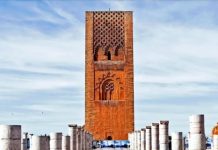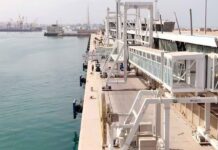Morocco is making significant strides toward greener and more accessible mobility, with ambitious transport projects reshaping both urban and intercity travel. From expanding tramway networks to introducing electric buses, investing in rail infrastructure, and promoting electromobility, the country is building a more efficient, less polluting transport system while improving access to essential services.
Moroccan cities are undergoing a major transformation in their transportation networks. Casablanca and Rabat-Salé have already embarked on this revolution by expanding their tramway lines, offering a more efficient and eco-friendly alternative to traditional transport. In Marrakech, the integration of electric buses and the expansion of the Busway system further demonstrate the country’s commitment to cleaner, high-performance mobility solutions. Other urban areas are developing Sustainable Urban Mobility Plans to encourage multimodal transport and better meet the growing needs of residents. The goal is clear: ease traffic congestion while promoting viable alternatives to private car use.
On the rail front, Morocco’s high-speed train, Al-Boraq, has significantly improved connectivity between Tangier and Casablanca, cutting travel times and providing an eco-friendly alternative. Since its launch, the service has seen continuous growth. In the first half of 2024, Morocco’s National Railway Office transported 26.4 million passengers, generating revenues exceeding 1.26 billion dirhams—an 8% increase compared to the same period in 2023. The Al-Boraq train alone carried 2.6 million passengers, marking a 14% rise. Looking ahead, Morocco’s ambitious plans include extending the high-speed rail network to Marrakech, with an ultimate goal of reaching Agadir, further solidifying the country’s commitment to modern, sustainable transport.
Electromobility is another pillar of Morocco’s transport transition. A large-scale program is underway to expand charging infrastructure and accelerate the adoption of electric vehicles. Currently, around 350 electric vehicles are in circulation—a modest number, but one expected to rise rapidly thanks to government incentives and growing investments in charging stations. Authorities are also working on new policies to encourage the purchase of clean vehicles and support the development of a local industry specializing in battery production and green mobility components.
Despite these advancements, demand for transport continues to rise, and many citizens still face challenges in accessing affordable and efficient travel options. To improve mobility, Morocco is focusing on strengthening alternatives to private cars and fossil fuels. Key strategies include expanding walking and cycling infrastructure, promoting carpooling and car-sharing, and modernizing urban logistics by better integrating transport hubs with the railway system. Sustainable mobility must also be fully integrated into urban planning and territorial development to create cities that are better suited to future needs.





